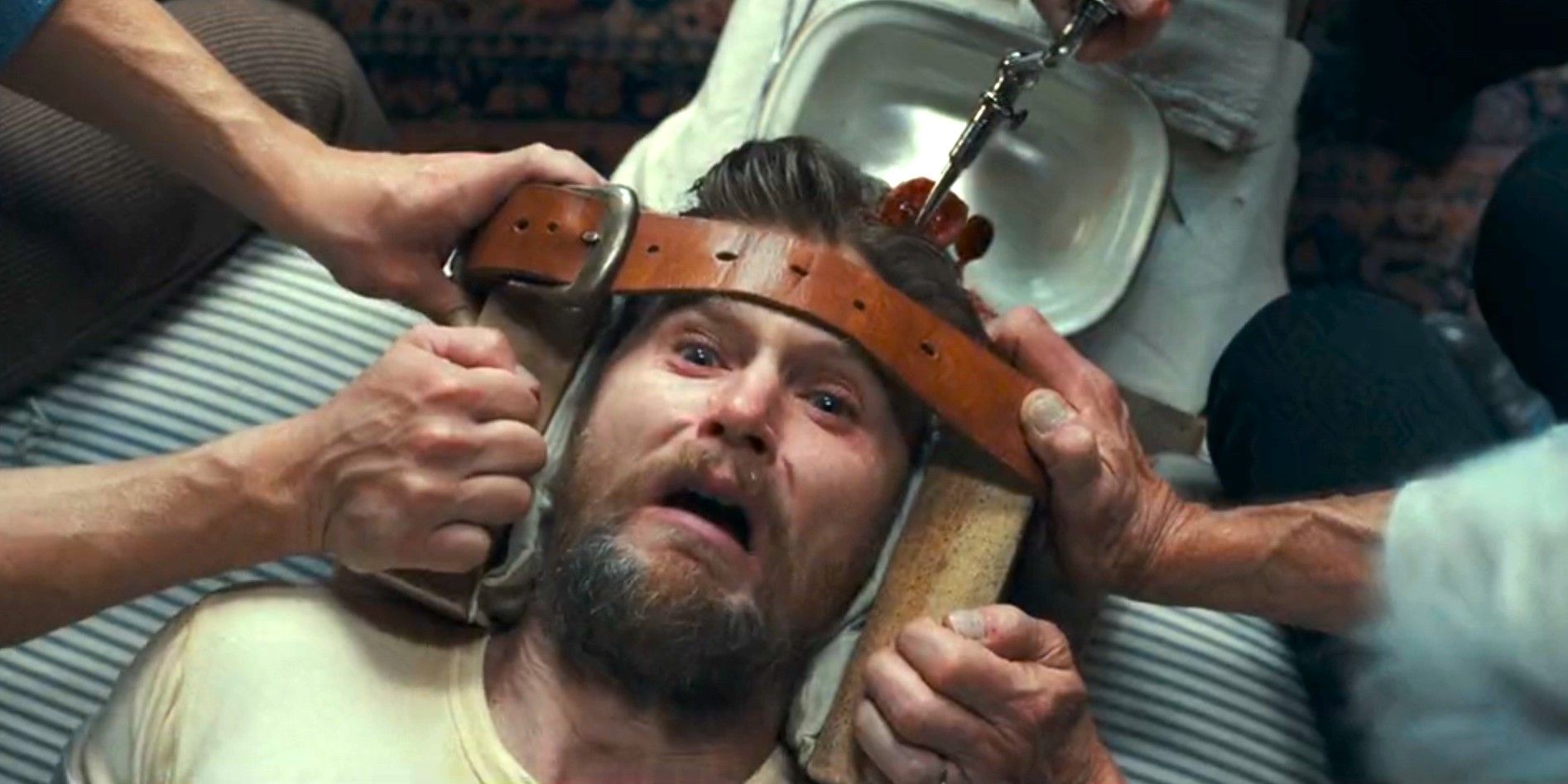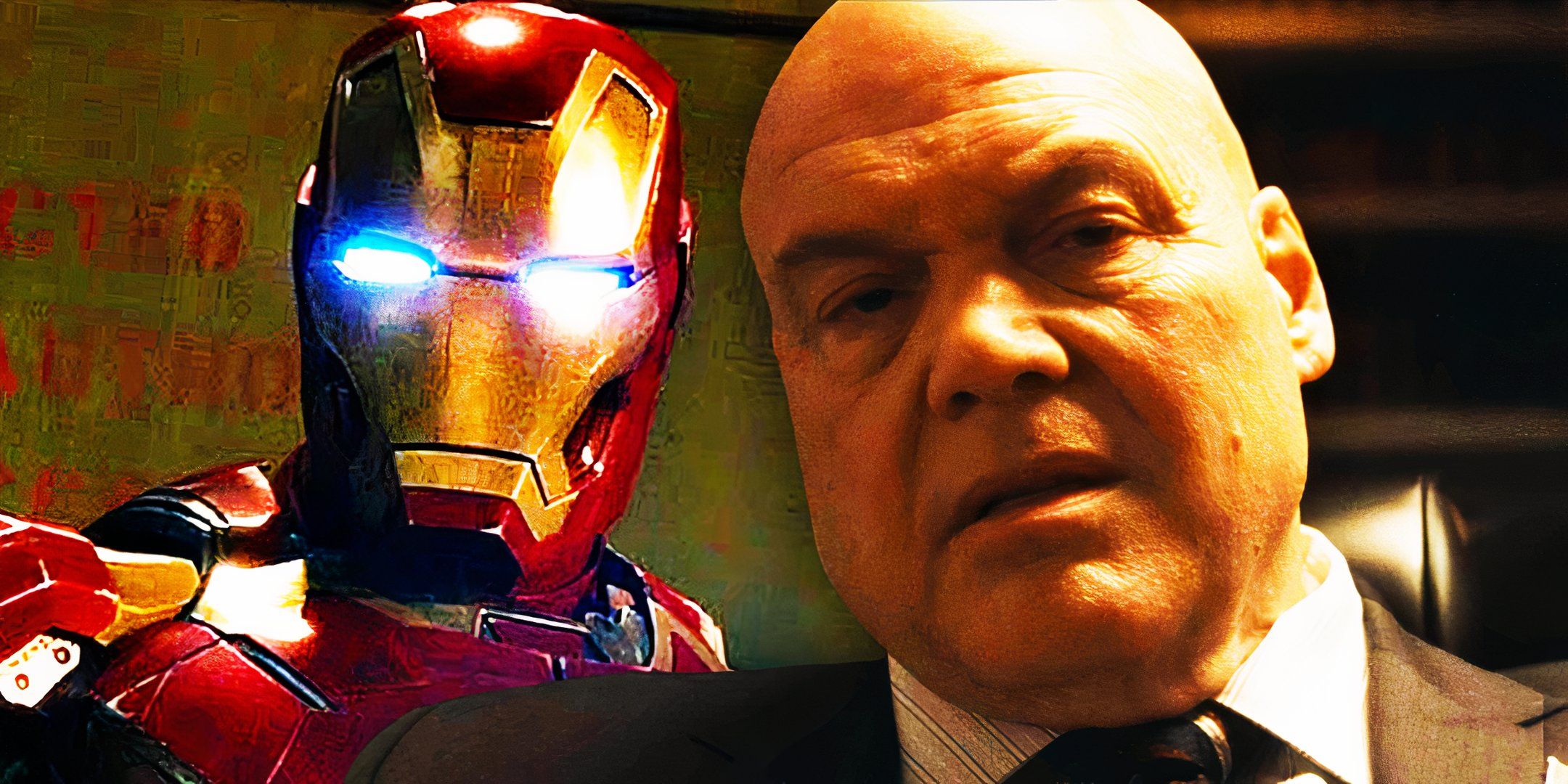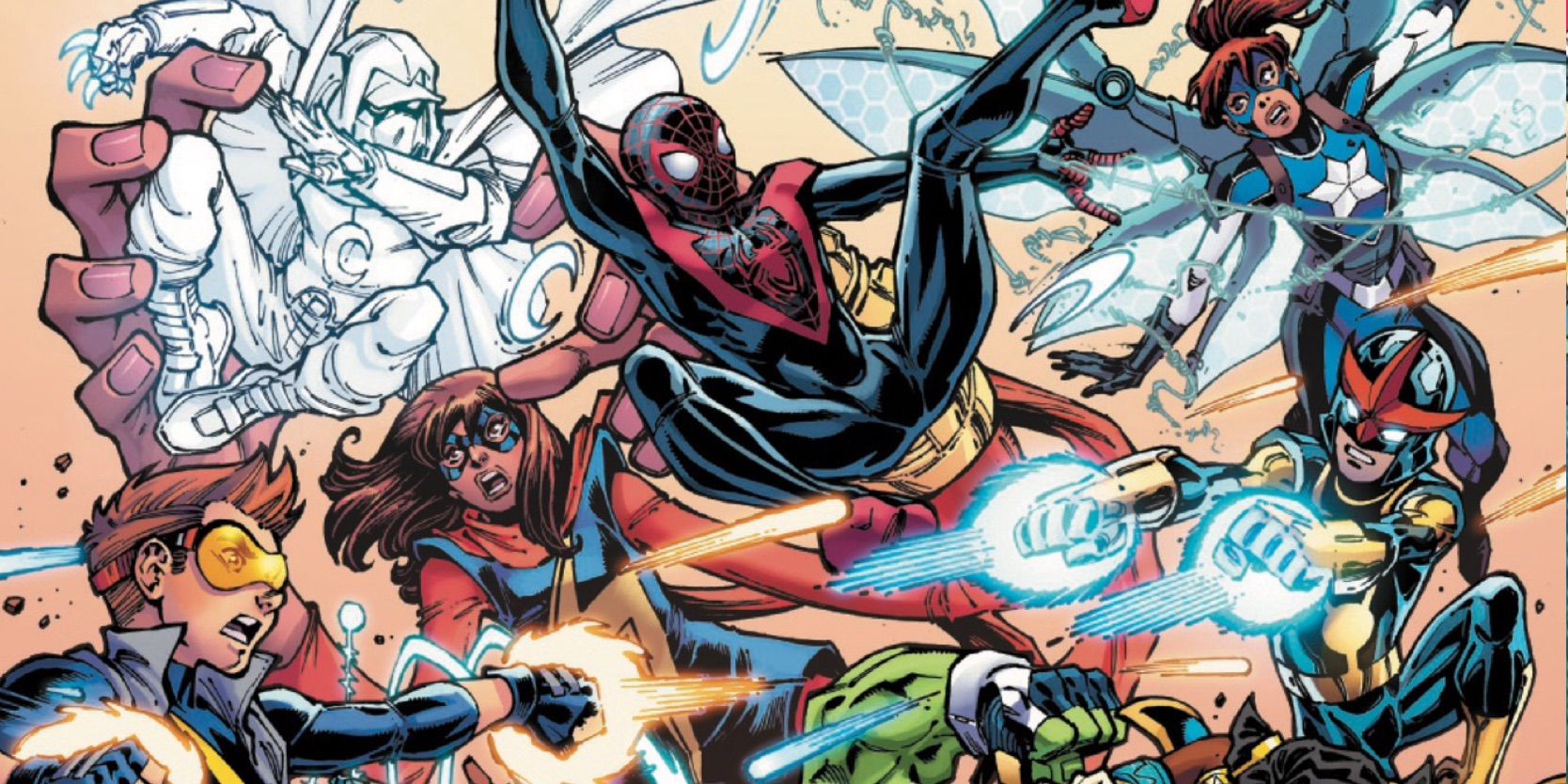Game Of Thrones Used The Same Genius Death Foreshadowing Twice In The Space Of 7 Episodes
Game of Thrones is masterful when it comes to foreshadowing major events, and the HBO series uses the same genius trick to tease two separate deaths in the span of seven episodes. It's no secret that many prominent characters die throughout Game of Thrones, but some of the most important losses take place during the show's very first outing. These deaths are the ones that start the central conflict of the series, and they also set the brutal tone of the show going forward.
While deaths like Robert Baratheon's and Ned Stark's might seem surprising on first watch, Game of Thrones actually sets them up early. The series does this by weaving complex political alliances that give both characters ruthless enemies to worry about. However, it also foreshadows such deaths more directly through seemingly unrelated scenes. There are two moments in Game of Thrones season 1 that use animals to tease a character's downfall, and they're surprisingly similar.
Game Of Thrones' Pilot Used A Stag To Foreshadow The Starks' Deaths
The Direwolf Killed By The Stag Represents Ned's Demise
Close
Ned Stark's death is one of the most pivotal — and shocking — moments of Game of Thrones, and it's foreshadowed in the pilot episode. Ned and his sons find a deceased direwolf in the woods during episode 1, and that's how the Starks wind up with their direwolf pups. However, the way the pups' mother dies is significant: the adult direwolf is stabbed by a stag's antlers, with the two animals having killed one another. With the direwolf being the sigil of House Stark, and the stag representing the Baratheons, this is a very intentional detail.
The writing is on the wall from the pilot episode, with the direwolf heavily alluding to Ned's eventual fate.
This early Game of Thrones moment tells viewers what's to come, as Ned Stark — the "adult direwolf" in this scenario — perishes because of the Baratheons in episode 9. Joffrey Baratheon is the one who orders his execution, and Robert is the entire reason Ned is in King's Landing in the first place. If Ned hadn't become Robert's Hand of the King, things might have turned out differently for him. The writing is on the wall from the pilot episode, though, with the direwolf heavily alluding to Ned's eventual fate.
Related Game Of Thrones: What Needed To Happen In Seasons 9 & 10 Many of the criticisms leveled at Game of Thrones season 8 could have been solved with seasons 9 and 10 setting up the ending’s biggest developments.
It also foreshadows the fates of other members of House Stark who become wrapped up in the conflict that stems from Robert and Joffrey, including Catelyn and Robb. The stag being dead isn't insignificant either. While it takes down the direwolf, it still perishes — something that can also be said of the Baratheons whose antics led to the Starks' downfall.
Game Of Thrones Used Stag Death Foreshadowing Later In Season 1
Tywin Lannister Skins A Stag The Same Episode Robert Dies
Game of Thrones uses an animal death to foreshadow Robert Baratheon's demise as well, as season 1's "You Win or You Die" opens with Tywin Lannister skinning a stag. It gives him something to do while talking to Jaime, but the real meaning behind this scene is darker. Although Tywin isn't directly responsible for what happens to Robert, this moment represents the lion overtaking the stag — or more bluntly, House Lannister overtaking House Baratheon.
Related 10 Ways George R.R. Martin's Original Game Of Thrones Plan Was Very Different George R.R. Martin’s original Game of Thrones plan would have led to a very different series, taking the characters & story in surprising directions.
Cersei, of course, is the one behind Robert's fatal hunting accident, and Tywin's opening scene perfectly sets this up. It's no coincidence that it's placed at the beginning of "You Win or You Die," the same episode that features Robert's death. And the fact that Game of Thrones uses this tactic with Ned further suggests it's intentional. The show has a habit of using its characters' sigils in this way, and it's clever inclusions like this that make it so fun to rewatch.











COMMENTS